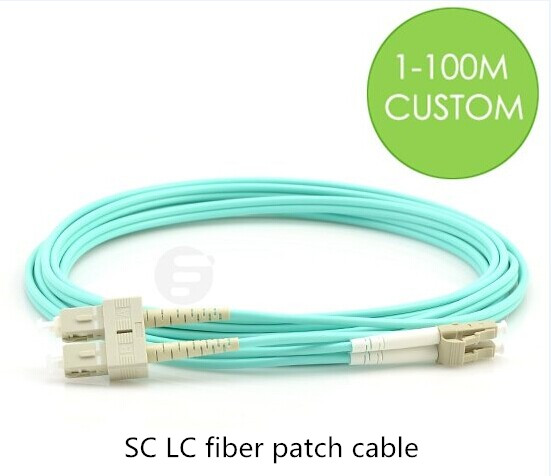Why Choose Fiber Optic Cables in AV Systems?
As audio and video technologies continue to evolve, AV systems are continuously challenged with supporting high resolution video, audio, and control signals. The combination of light and glass presents some unique properties that give AV professionals powerful tools in common AV applications. A fiber optic cable can be used to send high resolution video, audio, and control signals on a single fiber over 30 km (18.75 miles), and avoids the risk of signal loss or degradation, ground loop hums, and electrical interference. Because transmission of content is inherently secure and immune to outside interference, fiber applications are favored in government, military, and medical environments. This article will mainly introduce four advantages of the installation of fiber optic cables in AV applications.
Fiber optic cables are low-loss channels that enable transmission of high resolution video, audio, and control signals over long distance. Losses in fiber optic cables are 0.2 to 3.5 dB/km, compared to 60 dB/km for legacy RG6 coaxial cable at 100 MHz. The low-loss nature of single-mode fiber cables can enable transmission of WQXGA 2560x1600 video signals up to 30 km. Due to these advantages, fiber optic cables are widely used in campuses, sports stadiums and large office buildings, etc. Besides, installing fiber optic cables with extremely high bandwidth can ensure that future applications can be addressed with today’s fiber installations.
Fibers consume very little space in conduit and cable trays, and are easy to pull. For example, duplex fiber optic cable can transmit high resolution video signals but is only a fraction of the size of a coaxial cable. Because of fiber optic cables’ small size, the installation is much easier especially in medical applications where there is often insufficient space for thicker cables. Besides, today’s field termination kits make fiber easier to terminate than other types of cabling. Simply striping, cleaving, and inserting fibers into fiber optic connectors, you can get a high quality, reliable splice in minutes. And you can also choose pre-terminated fiber cables, such as LC patch cable or SC LC fiber patch cable (as shown below). The connectors you specify are pre-terminated for you, and the fiber cables you specify are cut to the proper length that you need. When the installation is over, you can just plug and play fiber optic system.
Unlike copper cables, fiber optic cables are largely comprised of glass, which does not carry electrical current, radiate energy, or produce heat or sparks. So they can be safely installed in hazardous environments, such as oil refineries, mining operations, or chemical plants, without the danger of generating an electrical spark. Applications using sensitive electronics, such as medical environments, also benefit from the lack of electrical emissions with fiber optic systems. Fiber optic applications have helped the medical field advance tremendously over the past decade. They not only allow the physician to see inside specific areas of the body and perform surgery on hard-to-reach areas, but also provide a quicker and more accurate analysis of blood work.
Fiber optic systems may provide a lower total cost of ownership over the life of the system when compared to a coaxial or twisted pair solution. In copper systems, old cables need to be removed and new cables to be pulled for each system upgrade. While fiber optic cables with high bandwidth can be reused through multiple system upgrades. In addition, fiber optic cables typically consume less power and produce less heat than copper wires, thus reducing both electrical and cooling costs. Moreover, fiber optic systems can be monitored and serviced from the main equipment room without disrupting activities in work areas.
Fiber optic cables provide unique advantages in an AV system, particularly in secure and long distance applications. Choosing the proper cable depends upon the number of fibers required, installation location, topology, and the overall design of the system. Cable constructions are available for both indoor and outdoor applications to provide a solution for virtually any AV system.


